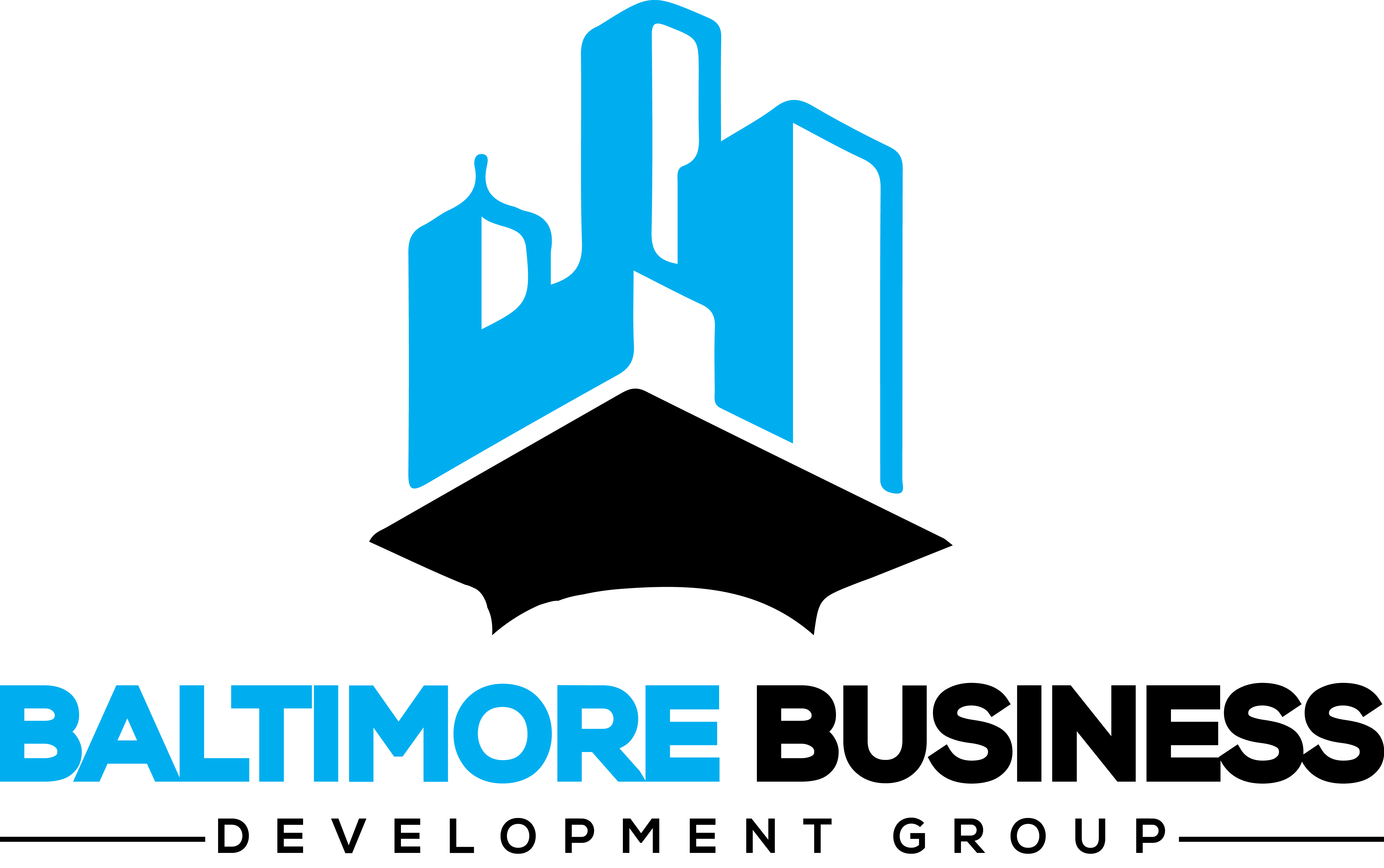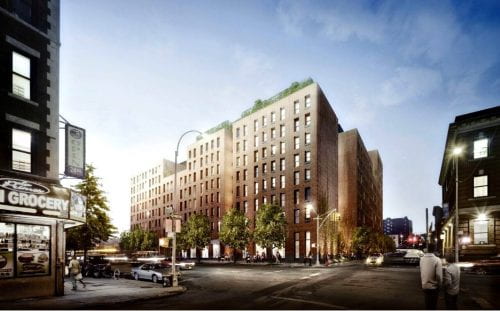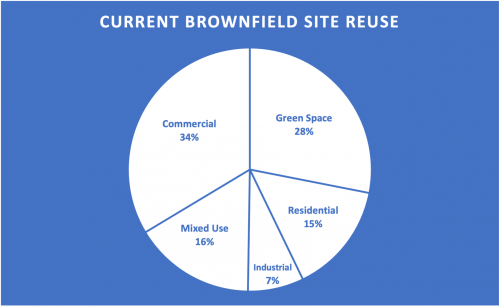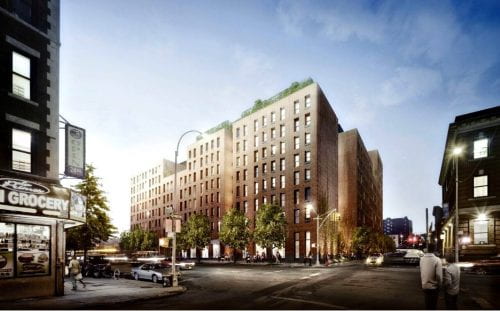
Across the nation, housing insecurity is one of the most critical issues cities are facing. The National Low Income Housing Coalition found in 2020 that full-time minimum wage workers cannot afford a two-bedroom market-rate rental anywhere in the US. At the current market rate average, minimum wage workers would need 97 hours per week to be able to rent a two-bedroom apartment and 79 hours per week for a one-bedroom apartment 8. The need for affordable housing far exceeds the supply, and economic trends indicate this discrepancy will become more pronounced, resulting from factors including a sluggish pandemic recovery and the growing discrepancy between wages and cost of living. The question of how to build additional affordable housing, particularly in areas that have experienced historic disinvestment and disenfranchisement, is difficult to answer. Programs including federal and state tax credits, grants, and impact investment are used, often in tandem, to increase the economic feasibility of these projects. One path that rarely receives attention is the opportunity to redevelop brownfield sites into affordable housing.
As noted by the EPA, “a brownfield is a property, the expansion, redevelopment, or reuse of which may be complicated by the presence or potential presence of a hazardous substance, pollutant, or contaminant” 5. The amount of cleanup required for a particular site depends on the specific contaminants found, the extent of that contamination, and the planned property reuse. The Federal Comprehensive Environmental Response, Compensation, and Liability Act (CERCLA) stipulates three types of properties that are typically designated as brownfields: sites contaminated by controlled substances, sites contaminated by petroleum or a petroleum product, and mine-scarred lands 4. Generally, the process for remediation begins with a site assessment, followed by an analysis of the project feasibility and funding sources. Once funded, cleanup proceeds, followed by the development, and, finally, any ongoing management or monitoring of the site.
Brownfields are often considered a red flag for developers, adding unknown cost and time complications into a project. There is a significant barrier to entry for brownfield projects, as an official site assessment can cost a considerable amount upfront, and requires engagement from both a municipality and a developer. The timeline for cleanup and remediation is not easily gauged and brownfields can often appear to developers as a pandora’s box, one that requires a significant cost to unravel.
Brownfield redevelopment is a critical concern for many cities. Blight, health & safety concerns, and reduced real estate tax income are just some of the issues associated with vacant or under-utilized brownfield sites. The EPA estimates there are more than 450,000 brownfields across the United States 5. While the size of brownfield sites vary significantly, cumulatively these properties likely represent almost 1 million acres of land across the country. This number represents only those sites that have not yet been remediated, further highlighting the immense burden these locations place on communities. Brownfield cleanup and remediation can bring significant benefits to communities. This includes enhanced health and safety in the neighborhood, promoting sustainability and reducing blight, increased property values in the surrounding area, and creating additional urban development opportunities.
One major hurdle for brownfield redevelopment comes as a result of financing restrictions. Most traditional private lenders are unwilling to make loans for brownfield developments. This is particularly because the Federal Housing Administration (FHA) does not offer mortgage insurance for properties that have ongoing testing, flushing or monitoring wells 4. Additionally, lenders are wary of potential CERCLA liability associated with remediation. As a result, brownfield redevelopment is typically funded by one or more of the following:
- Community Development Block Grants
- Section 108 Loan Guarantees
- Economic Development Initiative (EDI) grants
- Renewal Communities/Empowerment Zones/Enterprise Communities
- EPA grants
- State-level grants
State and local agencies have become increasingly involved in incentivizing brownfield redevelopment in their areas, including projects with an affordable housing component. One particularly synergistic relationship is between MassDevelopment, the Massachusetts State Finance and Development Agency, and Jamaica Plain Neighborhood Development Corporation (JPNDC), a local affordable housing developer 3. MassDevelopment provided JPNDC with grants ranging from $36,000 to $250,000 for brownfield remediation at three sites which added over 130 affordable housing units to the area’s stock. Grants from state agencies like MassDevelopment are typically used in combination with EPA grants, private sector investments, economic development incentives, tax incremental financing, and non-profit funding to finance remediation and redevelopment.
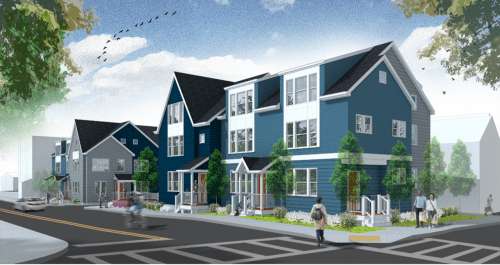
In an alternate tactic, the city council of Ann Arbor, MI created a modified brownfield redevelopment policy 2. Through this policy, the city restricted the issuance of brownfield tax incentives to projects with at least 15% of the total development devoted to affordable housing for those making 60% of AMI or less. The State of Michigan offers a reimbursement program for remediation of brownfields; by tying affordable housing to the incentive, Ann Arbor’s policy aims to incentivize the inclusion of affordable housing in brownfield redevelopment.
By pursuing brownfield redevelopment, developers can avoid displacing existing residents of a neighborhood and eliminating or reducing the area’s housing, commercial buildings, and parks. Most urban development is completed via adaptive reuse or by demolishing and rebuilding on an existing site; greenfield development opportunities are relatively uncommon in urban areas. Expansion of the housing stock in neighborhoods that have experienced historic disinvestment offers the possibility of alleviating housing insecurity and potentially reducing the number of residents forced to relocate to less expensive neighborhoods as prices rise in desirable urban areas.
While brownfield remediation can be a costly and time-consuming process, so too is the process of building new affordable housing. By leveraging the time commitment and enhanced agency involvement inherent in obtaining financing for affordable housing, developers have the opportunity to tackle subsidized brownfield cleanup as part of their overall project. By developing on brownfield sites, affordable housing is created in tandem with improved neighborhood health outcomes, increased municipal tax revenues, and reduction of area blight.
Works Cited:
- “CLEANING UP HOUSE: DEVELOPING BROWNFIELDS INTO AFFORDABLE HOUSING.” States News Service, 6 Dec. 2019, p. NA. Gale OneFile: News, gale.com/apps/doc/A607771897/STND?u=cornell&sid=STND&xid=c2e31e6f. Accessed 14 May 2021.
- “City eyes affordable housing with new brownfield policy.” Ann Arbor News (MI), sec. A, 29 Sept. 2019, p. 006. NewsBank: America’s News Magazines, infoweb.newsbank.com/apps/news/document-view?p=AMNP&docref=news/17641C5EB6BCC970. Accessed 14 May 2021.
- “MASSDEVELOPMENT BROWNFIELDS AWARD HELPS JPNDC REMEDIATE, ADVANCE VACANT PARCELS FOR AFFORDABLE HOUSING.” States News Service, 27 July 2020, p. NA. Gale OneFile: News, gale.com/apps/doc/A630695700/STND?u=cornell&sid=STND&xid=c31e2588. Accessed 13 May 2021.
- “Brownfields”. Local Housing Solutions. https://www.localhousingsolutions.org/act/housing-policy-library/brownfields. Accessed 14 May 2021.
- “Overview of EPA’s Brownfields Program”. https://www.epa.gov/brownfields/overview-epas-brownfields-program. Accessed 15 May 2021.
- “227 COOKFOX-designed affordable apartments up for grabs near the NY Botanical Garden and Bronx Zoo”. 6sqft. https://www.6sqft.com/apply-for-one-of-227-cookfox-designed-affordable-apartments-just-blocks-from-the-ny-botanical-garden/. Accessed 13 May 2021.
- “Reuse Possibilities for Brownfield Sites. https://www.epa.gov/sites/production/files/2019-10/documents/reuse_possibilities_for_brownfield_sites.pdf. Accessed 15 May 2021.
- “Minimum wage workers cannot afford rent in any U.S. state”. CNBC, 14 July 2020, p. NA. https://www.cnbc.com/2020/07/14/minimum-wage-workers-cannot-afford-rent-in-any-us-state.html. Accessed 13 May 2021.
https://blog.realestate.cornell.edu/2021/05/27/brownfield-redevelopment-affordable-housing-a-unique-opportunity/
